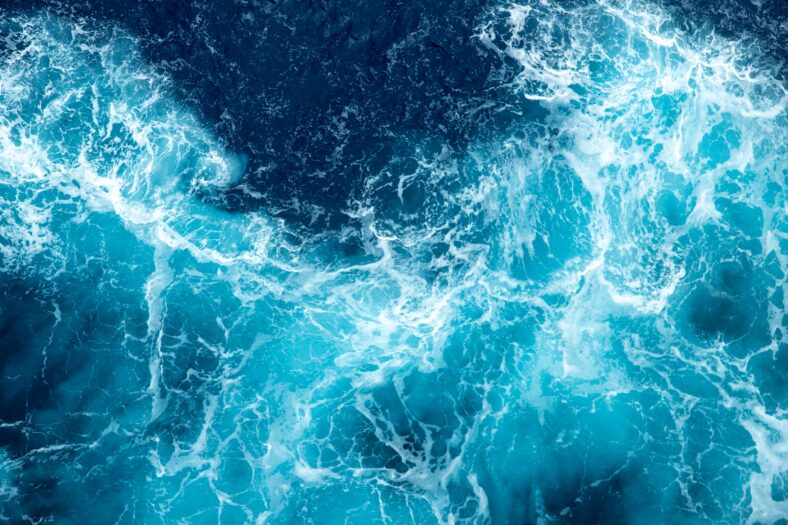The Water In The Universe Is Billions Of Years Older Than We Thought, Meaning Life Also Could Have Evolved On An Earlier Timeline

Water may have first appeared in the universe just a couple hundred million years after the Big Bang, making it much older than previously thought. It could also mean that life evolved billions of years earlier as well.
New research suggests that water likely existed between 100 million and 200 million years after the Big Bang, which is significantly earlier than what was predicted before.
In the past, observations from the Atacama Large Millimeter/submillimeter Array (ALMA) in Chile indicated that water existed about 780 million years following the Big Bang.
Since the early universe mainly contained simple elements like hydrogen, helium, and lithium, it was bone-dry. Heavier elements did not arise until the first stars formed.
They burnt through their fuel supplies and ended up exploding. These stellar explosions are known as supernovas, and they combine lighter elements into heavier ones.
“Oxygen, formed in the hearts of these supernovae, combined with hydrogen to form water, paving the way for the creation of the essential elements needed for life,” said Daniel Whalen, a co-author of the study and an astrophysicist at the University of Portsmouth in the United Kingdom.
The researchers examined the most ancient supernovas to determine when water first emerged. They looked at models of two types of supernovas: core-collapse supernovas, which occur when a large star collapses under its own mass, and pair-instability supernovas, when a star’s interior pressure drops suddenly, causing a partial collapse.
Shortly after the Big Bang, both supernova types produced dense clumps of gas that likely contained water. The water would’ve been protected from the harsh radiation of nearby stars within the dense clouds.
The amount of water in the gas clouds probably wasn’t very much, but it was concentrated in the areas where stars and planets were most likely to form.

Sign up for Chip Chick’s newsletter and get stories like this delivered to your inbox.
The earliest galaxies probably developed from these regions, so water must have already been present when they formed.
“This implies the conditions necessary for the formation of life were in place way earlier than we ever imagined—it’s a significant step forward in our understanding of the early universe,” said Whalen.
It is unclear whether water within the dense gas clouds could have persisted over billions of years of the universe’s evolution.
One theory suggests that comets may have delivered water to Earth, but early comets probably would not have survived the Epoch of Reionization, a period 400,000 years after the Big Bang.
At that time, ionizing ultraviolet light from the first stars and galaxies spread through the universe, creating harsh conditions.
Observations from the James Webb Space Telescope may help confirm these results, potentially opening up a whole new line of research.
The study was published in the journal Nature Astronomy.
More About:News